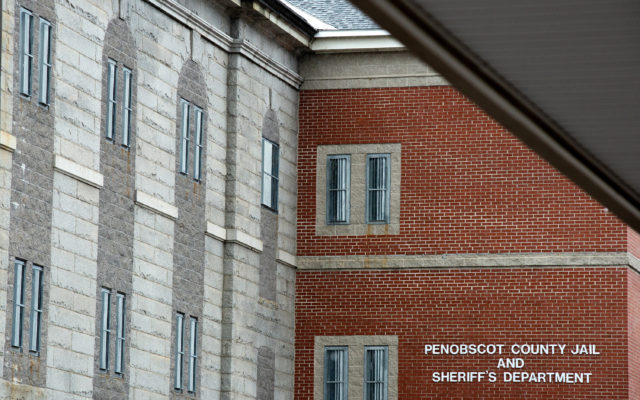
Penobscot County to propose raising taxes by nearly 20% amid budget shortfall
By Kasey Turman, Bangor Daily News Staff
Penobscot County residents may feel the effects of a growing budget next year caused by a soaring jail budget and a $3.5 million shortfall.
The Penobscot County Budget Advisory Committee gave its recommendations Tuesday on the county’s 2026 budget, which has surged nearly 20% from 2025. The budget totals more than $36 million, up nearly $5 million from last year, with roughly $30 million to be raised through taxes.
More than $16 million of that total comes from the jail, which saw its budget grow 3.8% since last year.
The county’s proposed 2026 budget does not show the direct impact it would have on municipalities because land valuations have not been updated for next year, but it does indicate a flat 19.79% increase in taxes for every municipality.
That roughly 20% growth would be passed down to residents through county taxes if committee members don’t recommend or amend the proposed budget. Whether residents see that reflected in their tax bills depends on their respective municipal budgets, which won’t be finalized until next year.
Penobscot County is the second Maine county this year to face a multimillion-dollar budget crisis. But while Washington County residents were able to vote down an $11 million bond, Penobscot County residents won’t have that opportunity. A 15-member Budget Advisory Committee will make amendments to the proposed county budget on Tuesday before it goes to the county commissioners, who will vote to approve it.
Penobscot County commissioners have for years hoped that state funding would fix the county’s looming budget crisis. The county has a $3.5 million budget gap because of soaring jail costs and a revenue deficit that jumped from $1 million in 2021 to $3 million in 2024. The jail has had an average annual deficit of $2.7 million since 2021.
Municipalities across the county would be affected by the increase, possibly changing the level of services a town could provide to its residents.
Brewer would have a tax rate of $15.66 next year, 26 cents more than this year, if the municipal and school budget stay the same, Brewer Finance Director Karen Fussell said. A $15.66 tax rate means a home worth $200,000 would receive a tax bill of $3,132 and a home worth $400,000 would pay $6,264.
The higher county tax rate could affect the services Brewer offers residents if the city doesn’t raise its taxes, which City Manager Eric Glidden said it wants to avoid.
“The increase from the county is going to eat into our ability to offer the same level of services to our residents right now,” he said.
For example, buying new equipment would be more difficult with the growing county taxes, Glidden said.
It isn’t possible to know how much Orono residents’ taxes would change because the town hasn’t figured out its own budget due to having a different fiscal year than Penobscot County, Orono Town Manager Clint Deschene said. Orono is focused on the town’s budget and will deliver what the Council decides no matter what the county budget grows by, he said.
Residents should ask the county commissioners about the surging budget because they’re “the ones passing that budget on to us,” Deschene said.
Orono currently pays around 4%, or $1 million, of the county’s tax. A 20% growth would mean the town would be asked to pay $200,000 more next year.
From 2016 to 2025, Penobscot County’s taxes have soared by more than 85% while Orono’s budget is up just over 12% in that same time.
Municipalities are pushing for changes to the Penobscot County budget process to make it more fair and give communities more input moving forward.
“They need to come up with a new process, probably change their fiscal year and work a little bit with the towns to create a strategic advisory committee, but then also maybe change the Budget Committee to allow more membership,” Deschene said.
Orono doesn’t have a member on the 15-member Budget Advisory Committee despite paying a large portion of the county’s taxes.
The Budget Advisory Committee is composed of 15 members, who have to be elected officials, who are then either elected or appointed from communities within the county. With a select number of seats, not every municipality has a say in the process, and non-elected municipal officials like managers and finance directors are not involved.
Those types of officials should be included in the budget process, Glidden said, to help the process with experience gained through working with budgets often.
“It’s people like [Fussell] that can really help to make a difference in this process, but [the county] has to be willing to accept that help,” Glidden said.
County commissioners have talked about expanding the advisory committee to allow more towns to be represented and adding a strategic advisory committee, which Deschene said shows they are looking to make the changes towns have asked for.
“There’s a whole bunch of good ideas that have come out from their meetings that we’re glad that they convened as a group, and they need to start implementing those,” Deschene said. “They unfortunately can’t do them quickly, so they’re going to have to start doing it as soon as this budget gets done. I would hope they would start right off in the month of December, and start making those changes.”